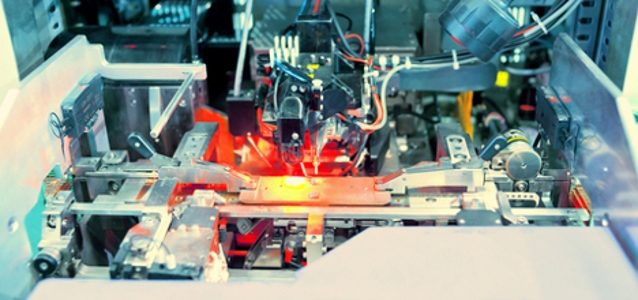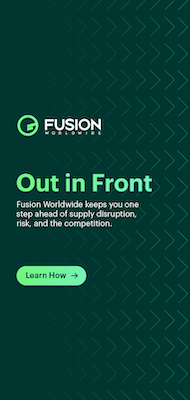
© pengyou93 dreamstime.com
Analysis |
ENEC+ mark embodies potential market fragmentation in European lighting market
The lighting industry primarily focuses on providing a range of lighting solutions, which embraces companies involved in the development, production and distribution of core and peripheral products. These components include ignitors, electronic gears, LED drivers and modules as well as lighting controls, drivers and dimmers.
The commencement of the first quarter of 2014 has brought about regulatory issues affecting particularly the European lighting market. The EEPCA (the European Electrical Products Certification Association) in cooperation with LightingEurope has launched ENEC+, the first European Mark that certifies the initial performance of LEDs and other luminaires.
The launch of ENEC+ will impact the European lighting market for both consumers and producers. From a consumer perspective a certain degree of safety and product quality standard can be recognized, ensuring the reliability of their stated performance characteristics along with consumer recognition to select ENEC+ marked products.
Consequently, manufacturers and supply-side market participants of LEDs and other luminaries will be challenged as their product will need to match the required standard set by ENEC+, thereby requiring perhaps increased factors of production that could directly affect margins.
Nevertheless, this measure significantly reduces the costs borne by the manufacturer when answering to calls for tender. An alternative point of view that can be depicted is that such a pan-European certification scheme can be observed as a fabricated entry barrier in favour to strengthen European players‟ market performance.
The global lighting market is a growing industry estimated to reach revenues of EUR 100 billion by 2020 sourced by underlying drivers involving demographic transitions, increased population and urbanization, which lead to greater demand for lighting products. Subsequently LED-based products are poised to replace traditional light sources in virtually all general lighting applications indoors and outdoors while also finding substantial use in many other places ranging from automotive headlamps to life-science applications and maintain a strong presence in backlight and display.
The optimistic outlook for 2014 in the lighting industry is largely supported by the rapid replacement of traditional lighting by LED lighting. The gradual decrease in LED price complemented by improvement in LED efficiency will stimulate the growth as the recovery cost period is shortened which will incentivize commercial and industrial segments to inaugurate light replacement procedures.






